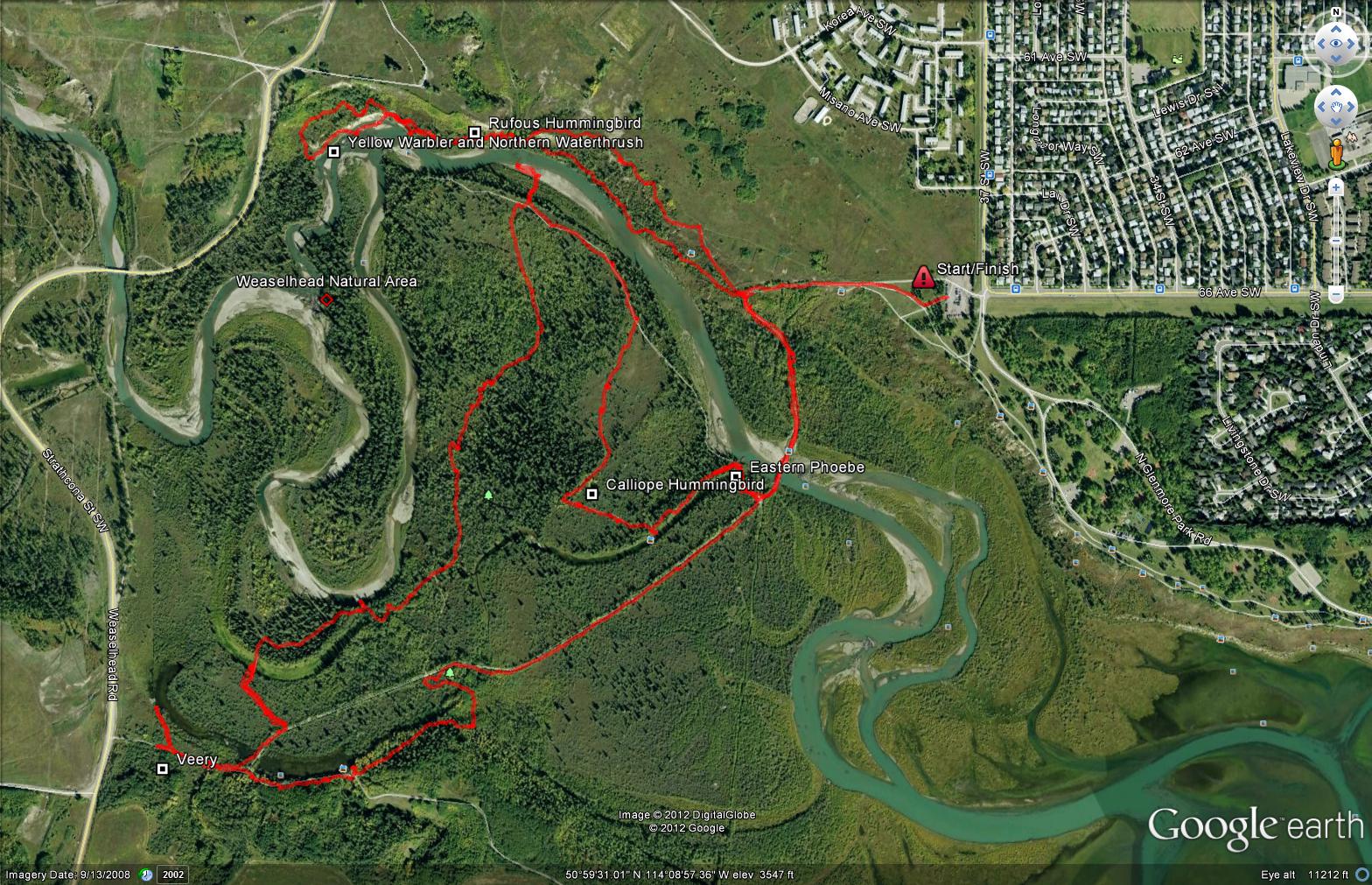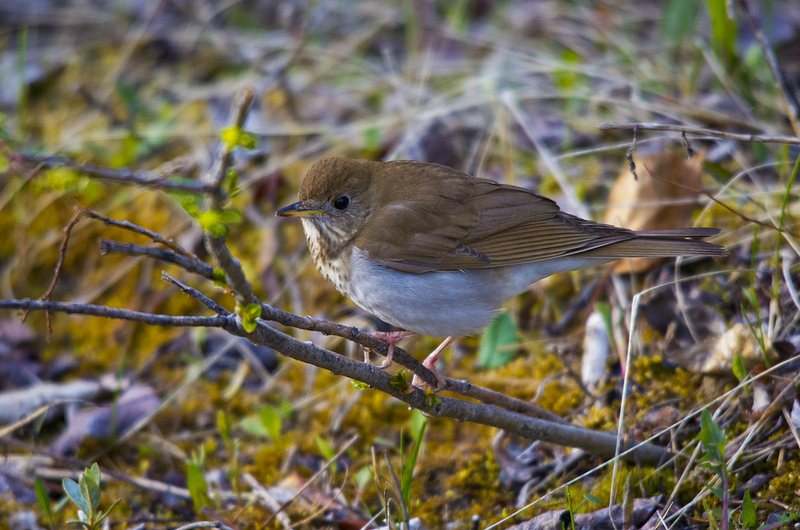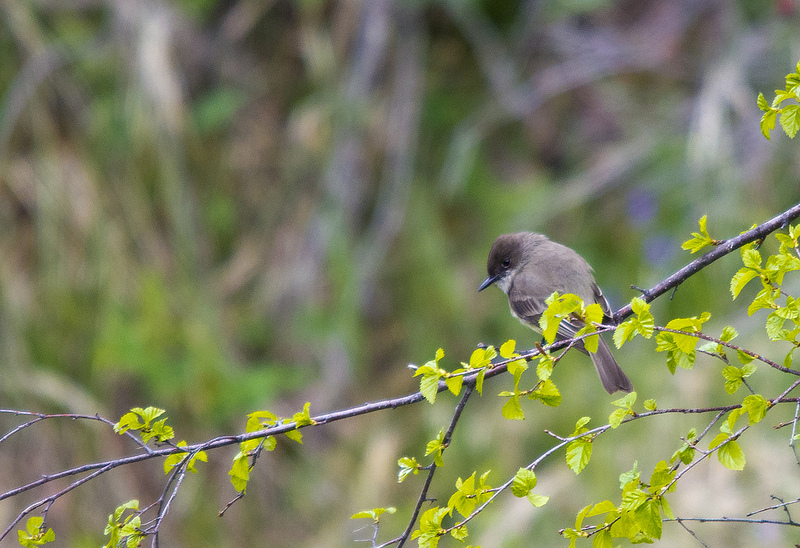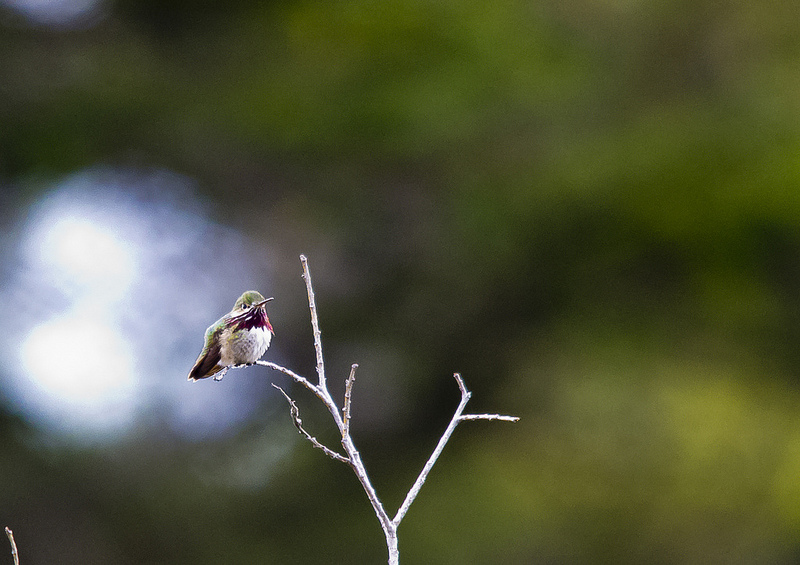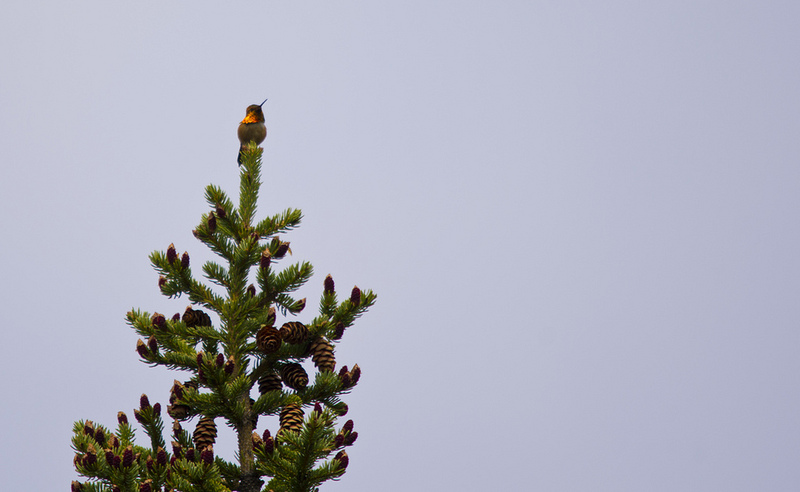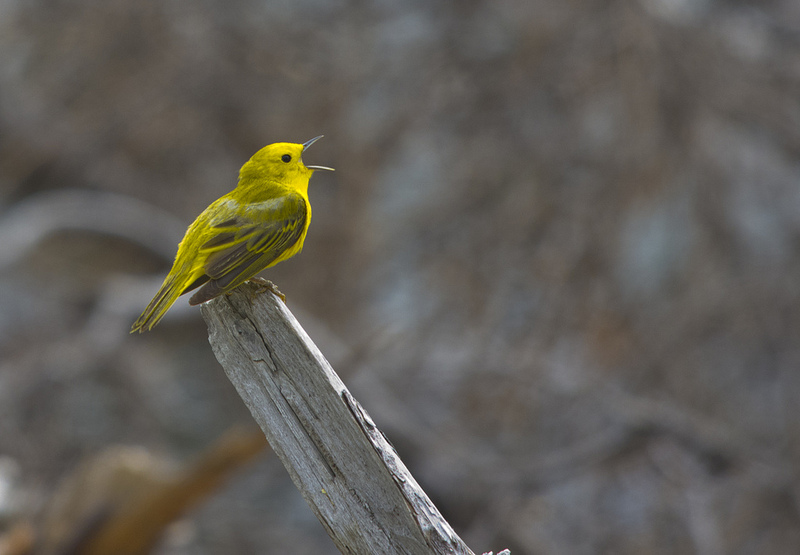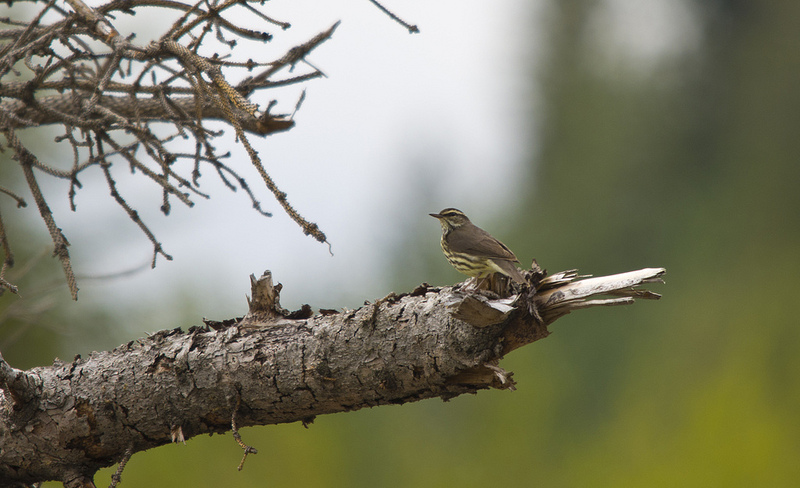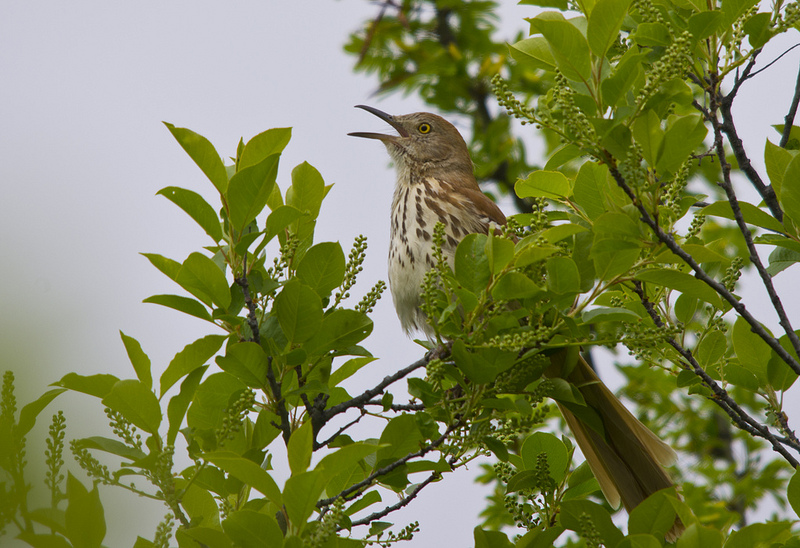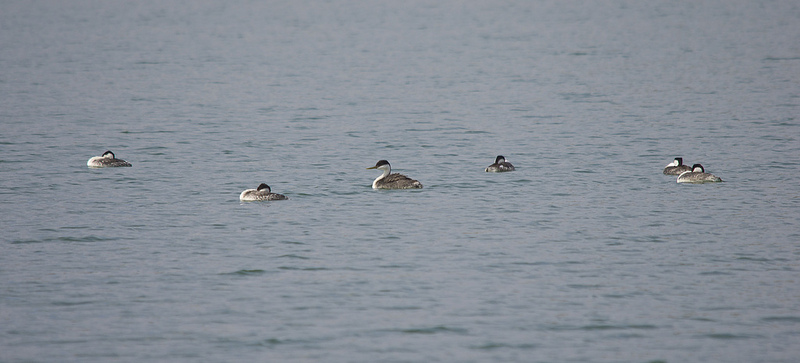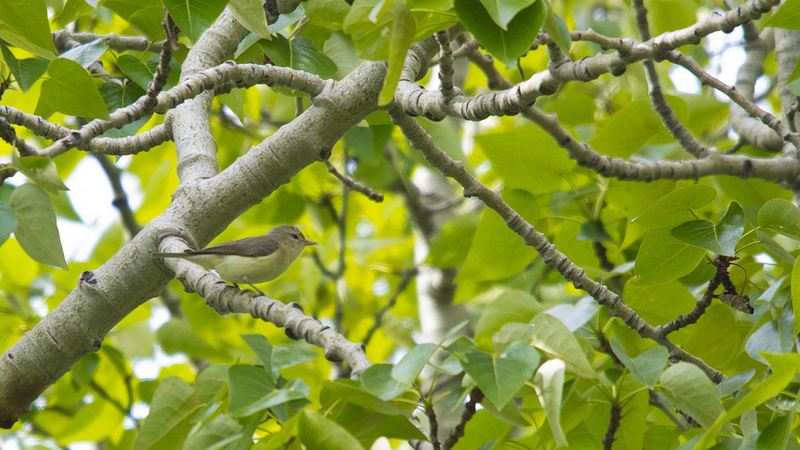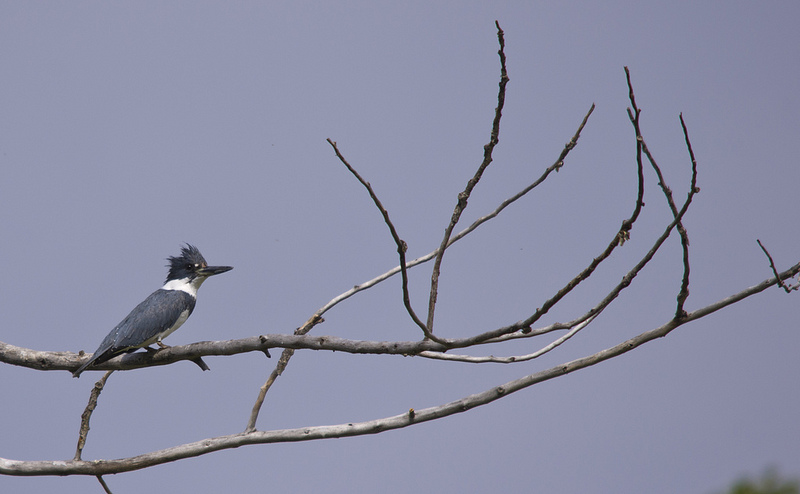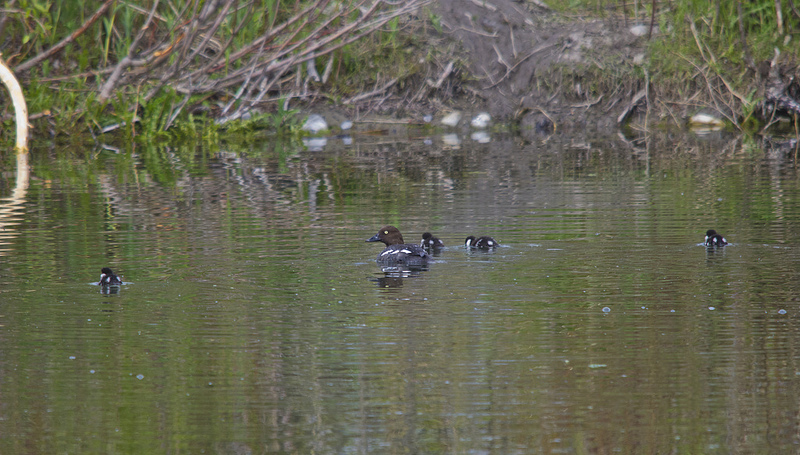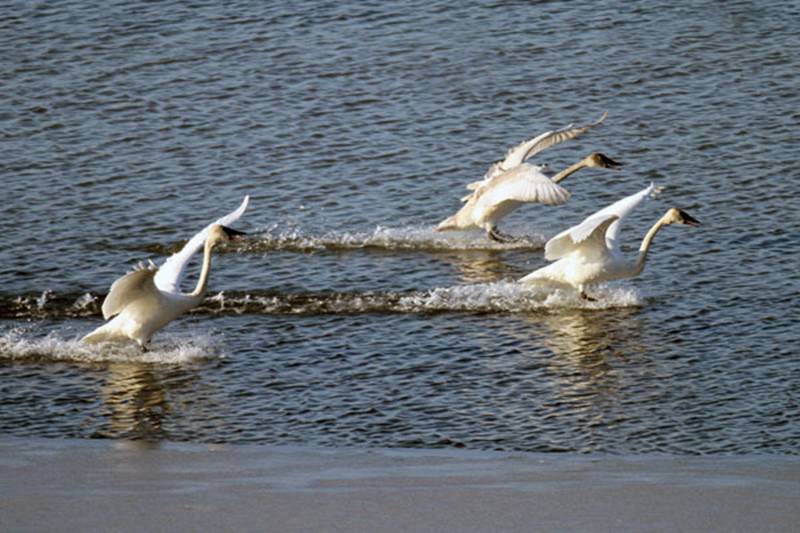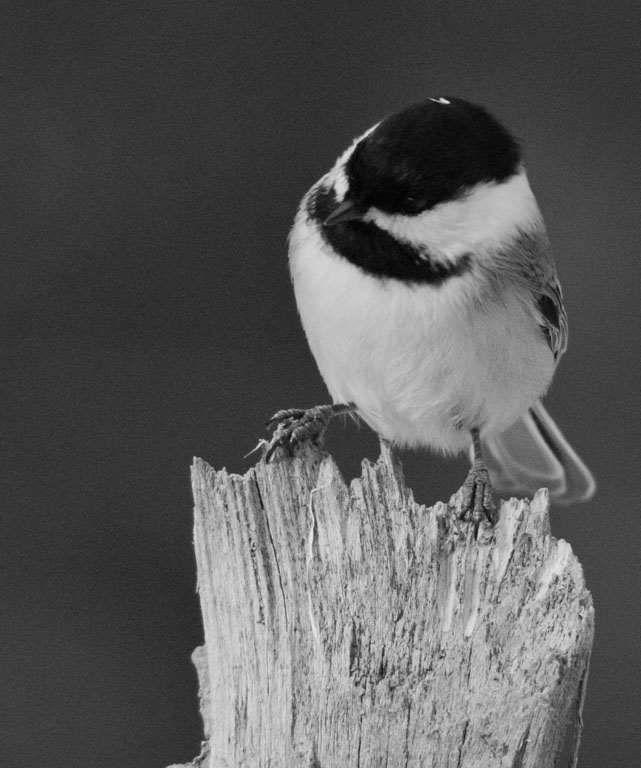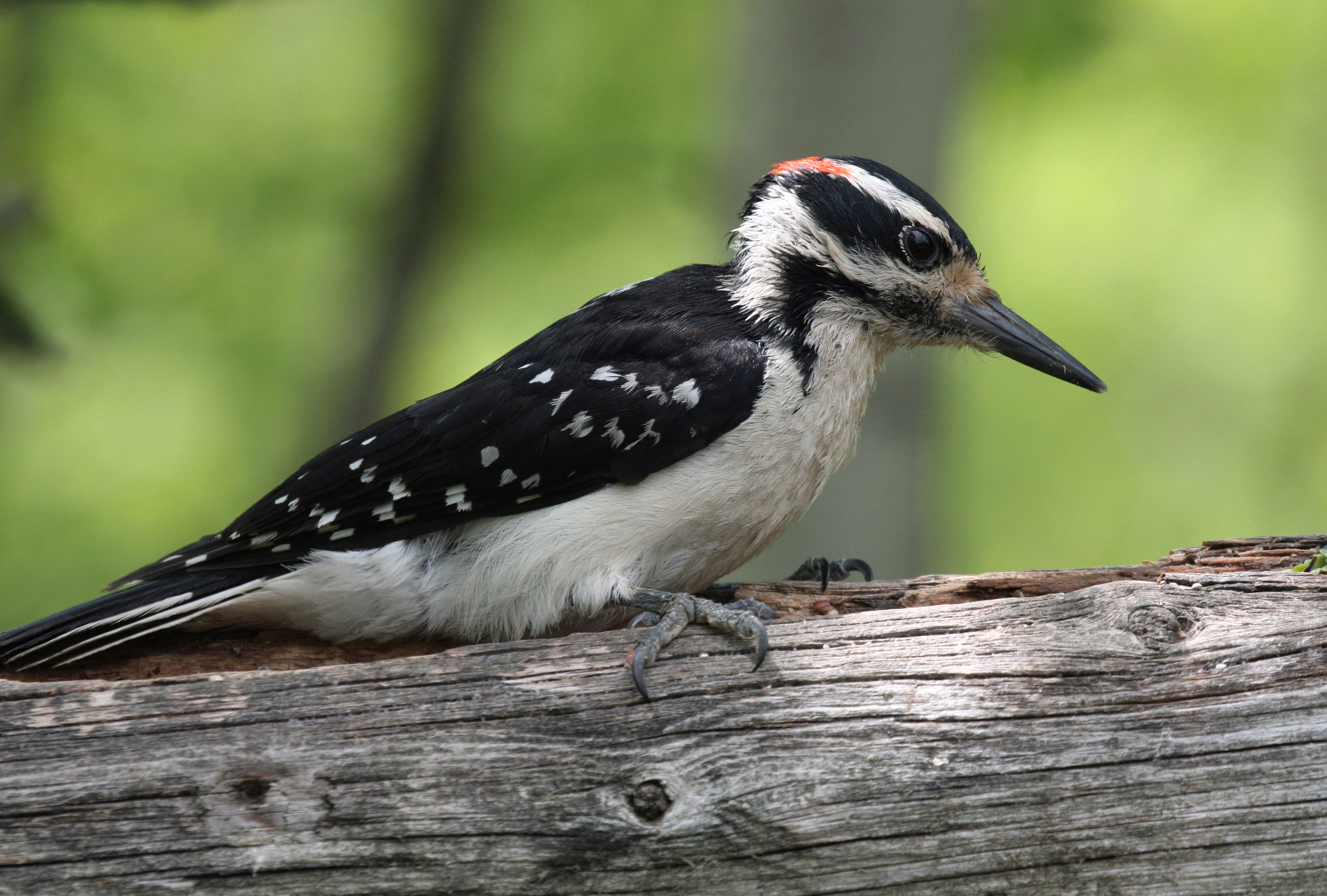Another weekend, another excursion (or three) with the Friends of Fish Creek Birding Course. Once again I joined Gus Yaki on his Saturday walk, and returned a little later that day when the clouds cleared and the light allowed for some better photos. The Sunday morning course was business as usual, but staying behind briefly to catch up with Bernie Diebolt, who would be leading the afternoon group along with Janet Gill, allowed me to tally another bird on my 2012 list, and one that I hadn’t seen in nearly two years. Stay tuned until the end for those photos!
Saturday morning stayed fairly cool, at around -15 degrees Celsius, but was considerably nicer than the week leading up to it. Sunday was much warmer, around -5C to -2C towards the end of the walk, but we walked a slightly different route in hopes of seeing a few different birds.

Saturday Route

Sunday Route
Saturday began with the sighting of a number of Pine Grosbeaks at the parking lot, and then many more we trekked down the hill into the Elbow River Valley.

Pine Grosbeak

Pine Grosbeaks
Midway down the hill, as the path curves, a number of feeders have been set up and are regularly filled by a few local birdwatchers. This week though, these feeders have been empty each day, due to the cold. Whether that is due to the birds emptying them each day, or that they’re not being refilled currently, we’ve been filling them with some black oil sunflower seeds, much to the delight of the resident Black-capped Chickadees, Common Redpolls, and both Hairy and Downy Woodpeckers.

Black-capped Chickadee
Down at the bottom of the hill are a number of other feeders, and one of the only Hairy Woodpeckers we saw this weekend was down there, tapping away at the birch and poplar trees, looking for a tasty snack, though I’m sure while we weren’t looking, he may have eaten a sunflower seed or two as well.

Hairy Woodpecker
Across the bridge and through the woods, we were led to a small clearing behind a line of spruce trees where the Boreal Chickadees have been seen all week. At least three came down Saturday morning, and paused to allow for a few photos, though I was determined to come back later in the day once the location was confirmed.

Boreal Chickadee

Boreal Chickadee
I thought that nothing could top that, as we sat there for close to half an hour as the Boreal and Black-capped Chickadees ate out of our hands. Through the woods and towards the river we trekked, and I will admit a very bad identification moment, when I spotted this Red-breasted Nuthatch at the peak of a spruce tree, swearing it was something new and that we hadn’t seen all day. I don’t recall seeing these little guys sitting at the top of trees very often, if at all before. Needless to say, almost every birder I know has misidentified a bird from time to time, even the best of us. If we didn’t, there’d be no point in having Field Guides and databases of photos to refer to from time to time.

Red-breasted Nuthatch
At the fork in the path, we headed back towards the vehicles, preparing to end our trip for the day, though we were pleasantly surprised to see this Rough-legged Hawk being harassed by Black-billed Magpies on the north wall of the valley, across the river from our vantage point.

Rough-legged Hawk
After that, it was back to the main path, and up to the vehicles, though I was not quite done for the day. After stopping to have some lunch, I headed back to the Weaselhead as the clouds had burned off and the light was much better. In retracing my steps, I happened to get some photos of some more Boreal Chickadees, a very large flock of Bohemian Waxwings, and a Bald Eagle flying about 100 feet overhead.

Boreal Chickadee

Boreal Chickadee

Boreal Chickadee

Bohemian Waxwing

Bohemian Waxwing

Bald Eagle
Sunday morning was similar early on, with the Pine Grosbeaks meeting us at the parking lot.

Pine Grosbeak
The feeding station midway down the hill was occupied as we approached by a number of Common Redpolls, which flushed after a few minutes of observation, but not before everyone had seen them. They really are quite pleasant birds that way!

Common Redpoll
Over the river we spotted a Rough-legged Hawk being chased down by a number of Common Redpolls before it stopped to rest at the top of this spruce tree.

Rough-legged Hawk
After stopping at the Boreal Chickadee location again and only coming up with a very small number of Black-capped Chickadees, we opted to head down the main pathway a little further and loop back again, in hopes that they would arrive later in the day. Though there weren’t too many other species around, we did have a few Black-capped Chickadees on the path, and a Rough-legged Hawk at the far west end on the southern valley slope. As we headed back north, I spotted another Red-breasted Nuthatch once again sitting atop a spruce tree. Two in less than 24 hours doing this same behaviour? Maybe it’s not as uncommon as I previously thought!

Red-breasted Nuthatch
Before we reached the Boreal Chickadee clearing, a flock of 50+ Bohemian Waxwings flew into this spruce tree nearly about a hundred meters away.

Bohemian Waxwings
After a brief few minutes of searching the clearing, we were preparing to leave, but as I turned to head home in defeat, a lone Boreal Chickadee flew towards the group. I was very pleased to get to see this beautiful little bird again today.

Boreal Chickadee
Calling it a day, we headed back towards the vehicles, and while I chatted with Gus a bit before heading home, I wanted to give Bernie a call to let him know what we saw, and where we saw it. As we talked, I noticed a shape in one of the trees near the parking lot, and just had to put him on hold while I grabbed some photos of it. The last Dark-eyed Juncos I had seen were in Waterton Lakes National Park, back in the summer of 2010, so these were a very pleasant surprise!

Dark-eyed Junco

Dark-eyed Junco

Dark-eyed Junco
Thanks for reading!
Posted by Dan Arndt
